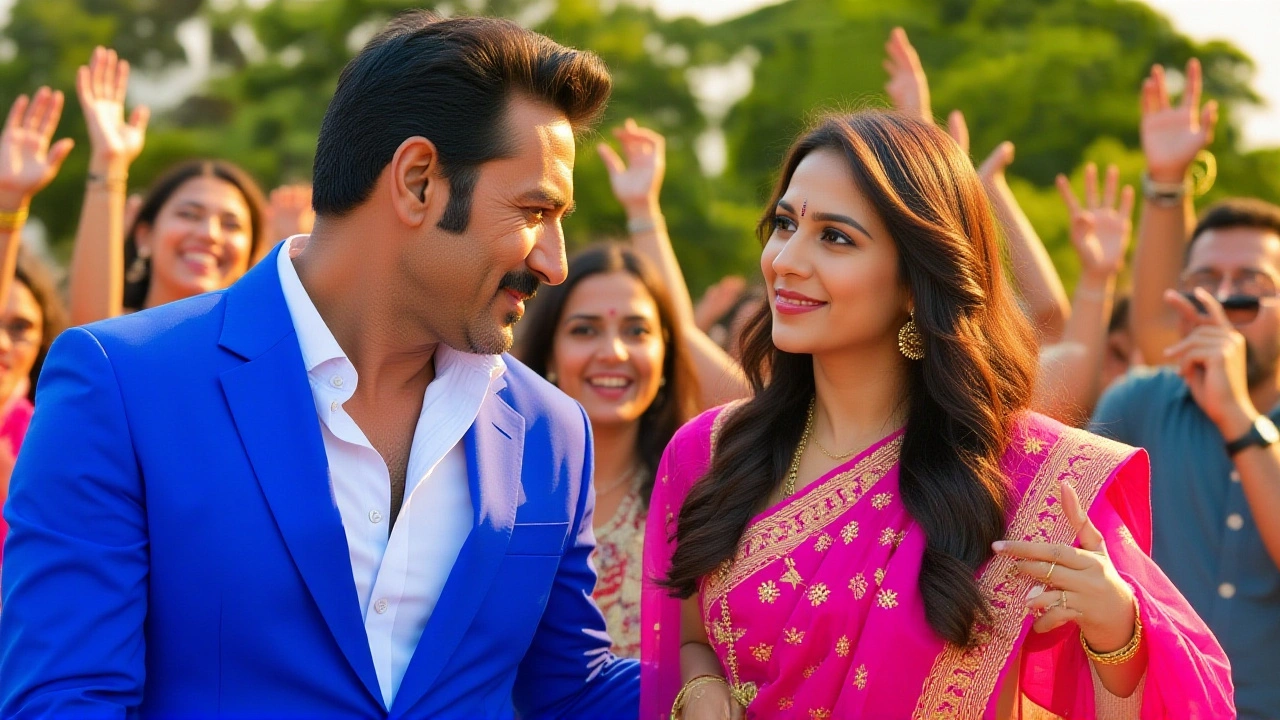Bollywood Release – Fresh Movies, Dates and What’s Trending
When you hear Bollywood release, the launch of a Hindi‑language film in theatres, on streaming services or via television, often timed with holidays or festivals, you expect a mix of star power, music, and buzz. Also known as Hindi cinema debut, it drives Box office, the revenue generated from ticket sales across regions, shapes pop culture, and fuels the media cycle. The success of any Bollywood release usually hinges on three things: the strength of its Film promotion, the marketing activities – trailers, music launches, media tours – that create hype before a release, the timing with respect to festivals or school holidays, and the follow‑up deals with Streaming platforms, digital services like Netflix, Amazon Prime Video and Disney+ Hotstar that acquire rights to show films after the theatrical run. In short, a Bollywood release encompasses a theatrical debut, a box‑office run, and a later digital window.
Key Elements That Shape a Bollywood Release
First, the release calendar isn’t random. Studios line up big titles with events such as Diwali, Eid or the Christmas holidays because audience footfall spikes during these periods. This release strategy directly influences the box‑office numbers; a film that opens on a festive weekend typically sees higher occupancy rates. Second, star power still matters. When a leading actor or actress headlines a project, distributors often negotiate wider screen counts and premium pricing for tickets, which translates into larger opening‑day collections. Third, the music soundtrack acts like free advertising – a hit song can keep a movie in public conversation weeks after its opening, feeding both ticket sales and streaming interest. Finally, the post‑theatrical window is now a negotiated asset. Some films sell digital rights before they even hit the screen, while others wait for the theatrical run to finish, hoping the buzz carries over to the streaming debut. These variables create a network of relationships: the release date determines box‑office potential, star power boosts promotion reach, and streaming platforms shape the overall revenue mix.
Because of this interconnected ecosystem, analysts track a few core metrics to gauge a release’s health. The opening‑day gross and weekend collection give a snapshot of immediate audience response. The occupancy rate – the percentage of seats filled across all screens – shows whether a film is filling theaters beyond just a few prime locations. Mid‑week growth or drop‑off rates indicate word‑of‑mouth impact, often driven by the music and promotional events. Once the theatrical window closes, the streaming viewership numbers, licensing fees, and social media engagement become the next set of data points. By looking at these figures together, you can see how a single Bollywood release moves through the entire entertainment pipeline from cinema halls to living rooms.
What does this mean for you, the reader? Whether you’re planning a movie night, tracking an actor’s career, or just curious about how the industry works, understanding these elements helps you spot which releases are likely to dominate the conversation. The posts below cover everything from surprise indie launches that broke box‑office records, to big‑budget spectacles that secured record‑breaking streaming deals, and even the behind‑the‑scenes marketing tricks that turned a modest film into a cultural phenomenon. You’ll find analysis of recent releases, previews of upcoming titles, and insights into how festivals and holidays are leveraged for maximum impact.
Ready to dive deeper? Below you’ll discover a curated collection of articles that break down the latest Bollywood releases, explain their box‑office performance, explore their streaming journeys, and reveal the promotion tactics that made them stand out. Each piece adds a piece to the puzzle, giving you a full picture of how a Bollywood release travels from the studio lot to your screen.

Ajay Devgn’s ‘De De Pyaar De 2’ Set for Nov 14, 2025 Release – Rakul Preet Calls Sequel Bigger
Ajay Devgn's 'De De Pyaar De 2' releases Nov 14, 2025 with Rakul Preet Singh calling it bigger, tackling an age‑gap romance amid family drama.